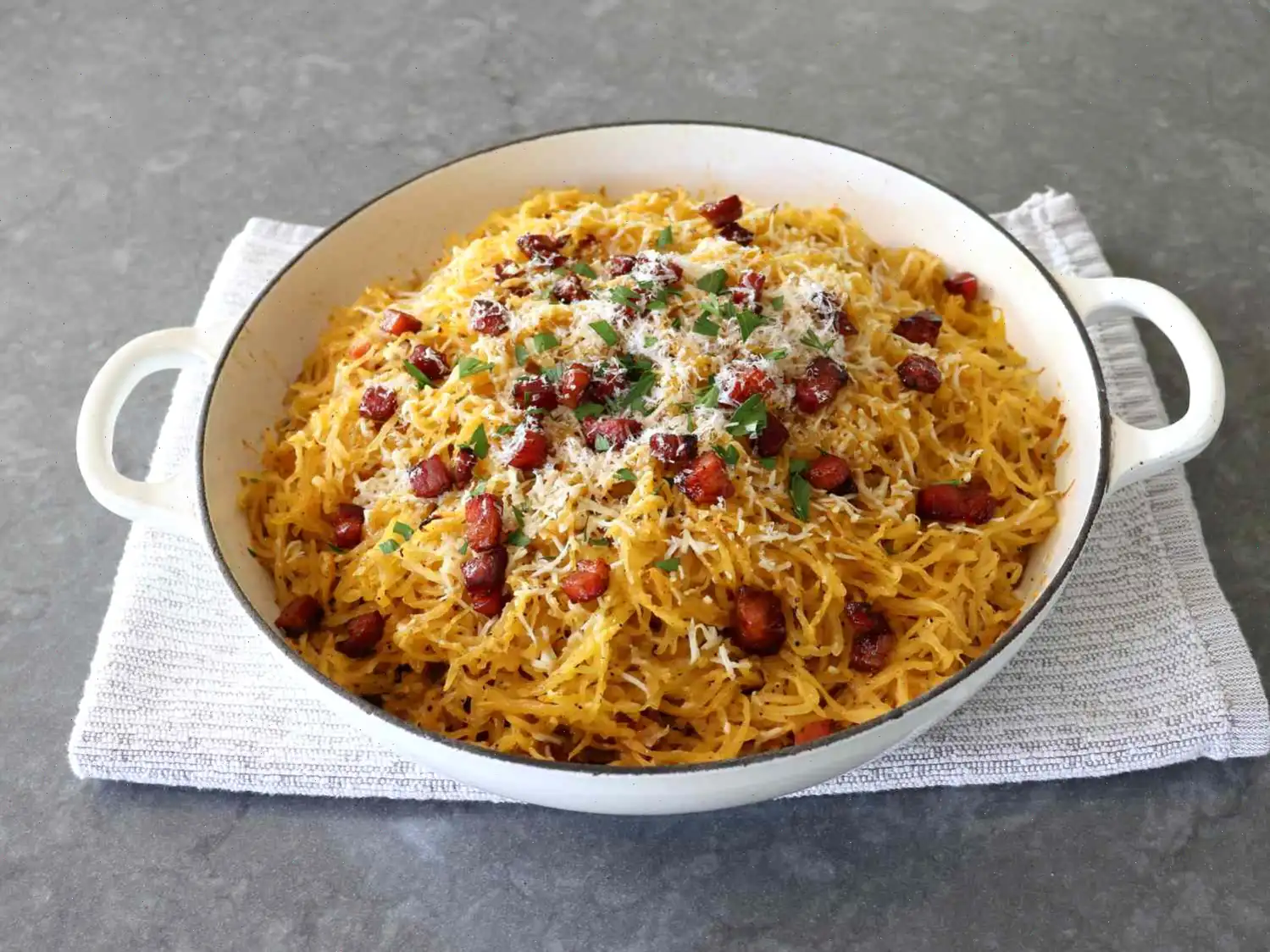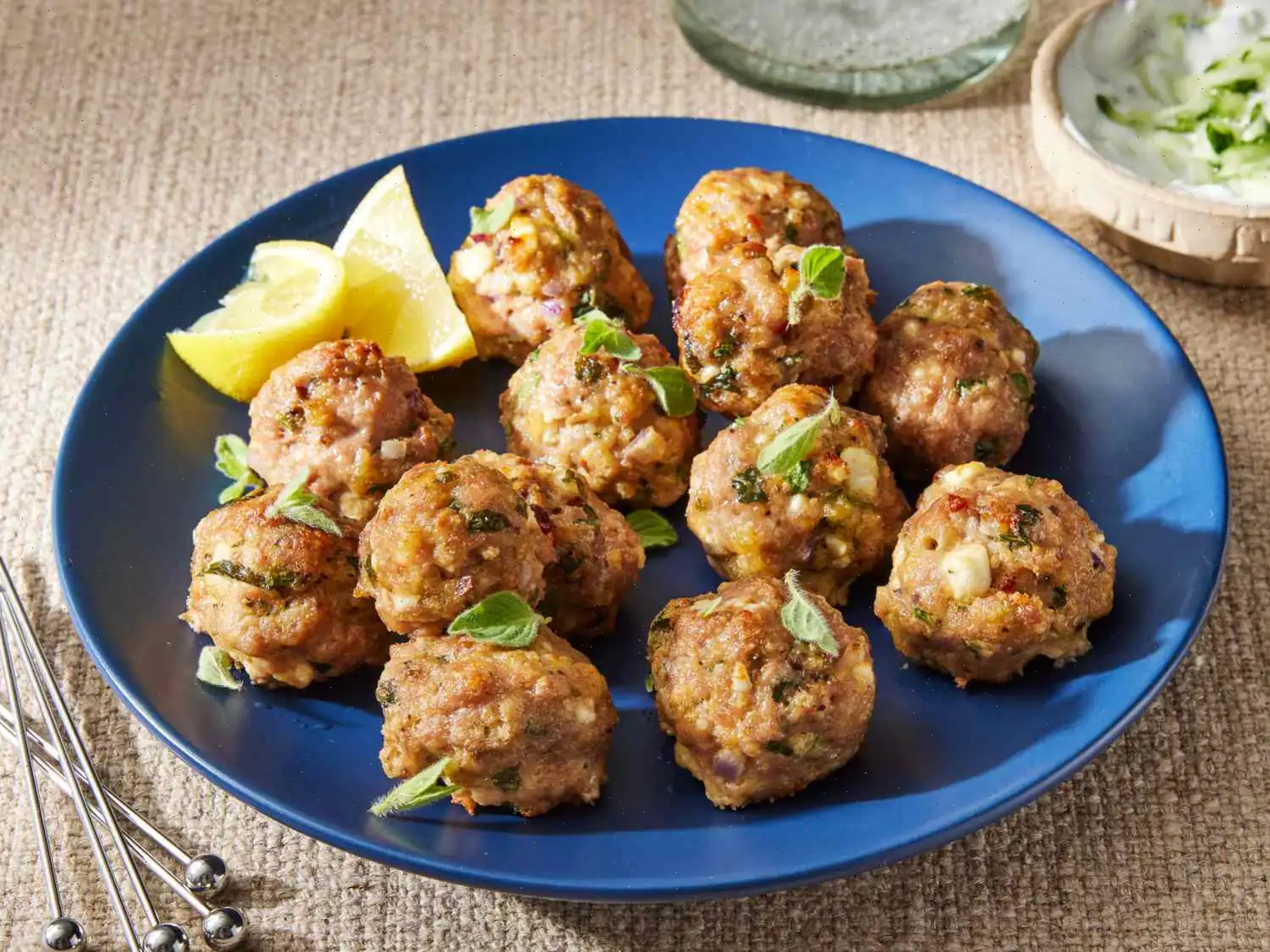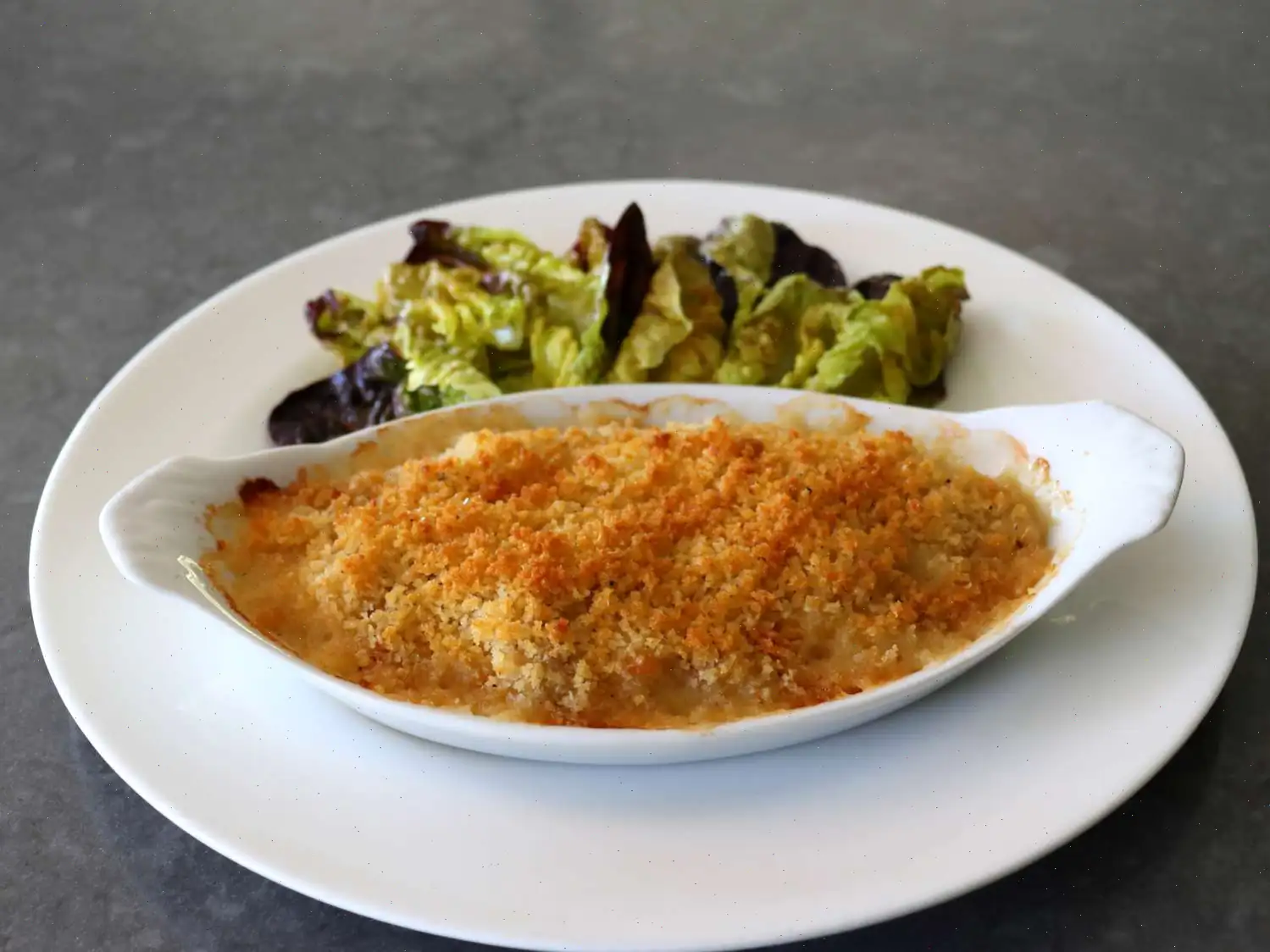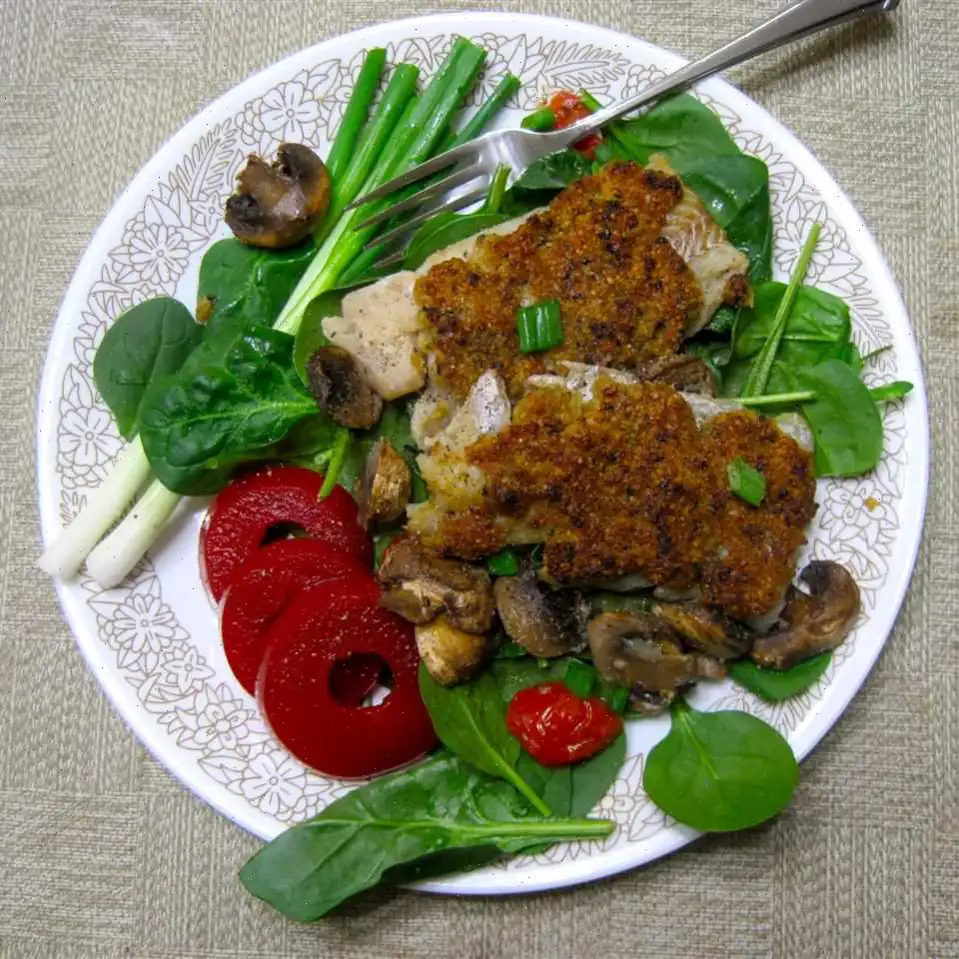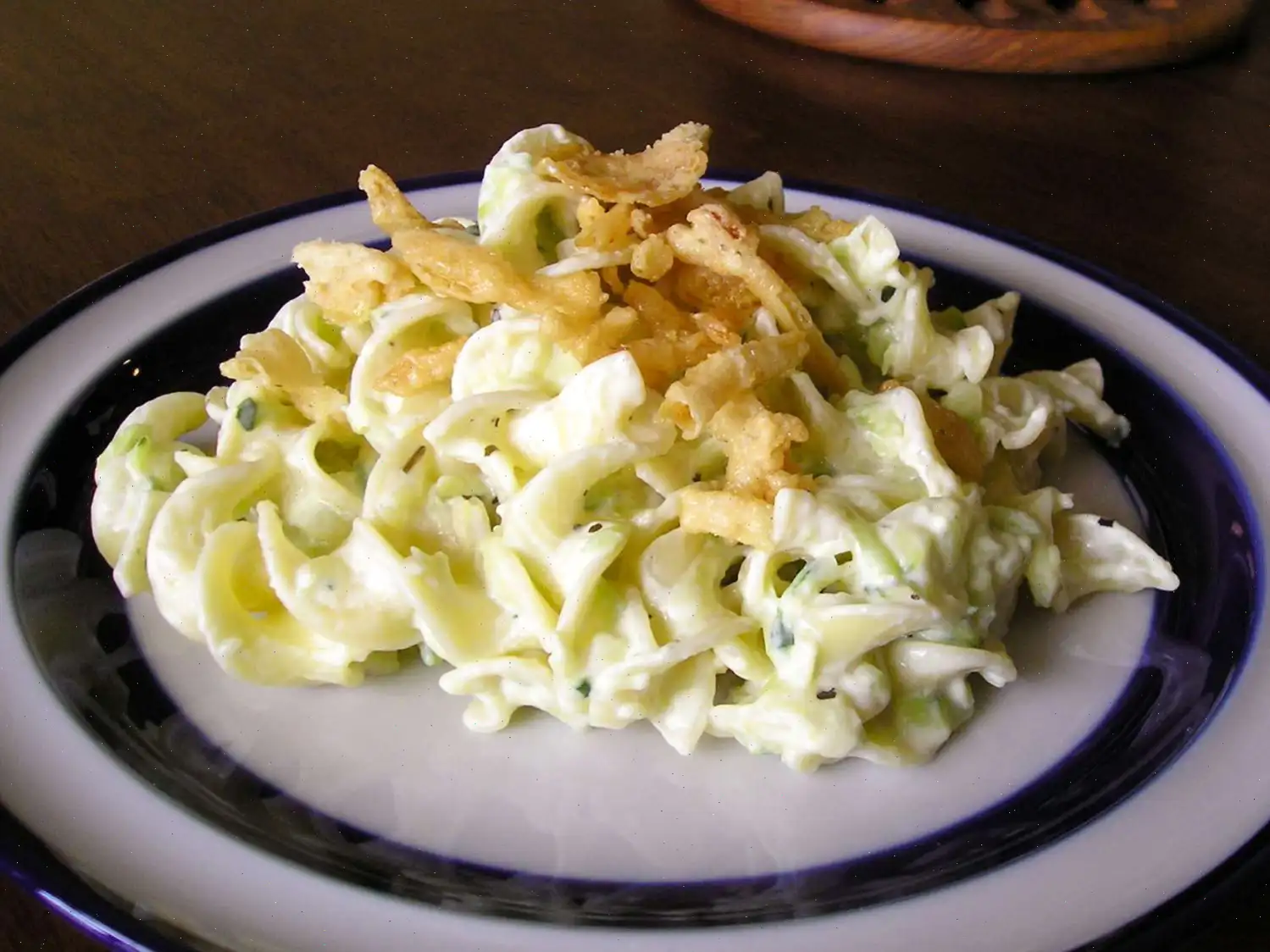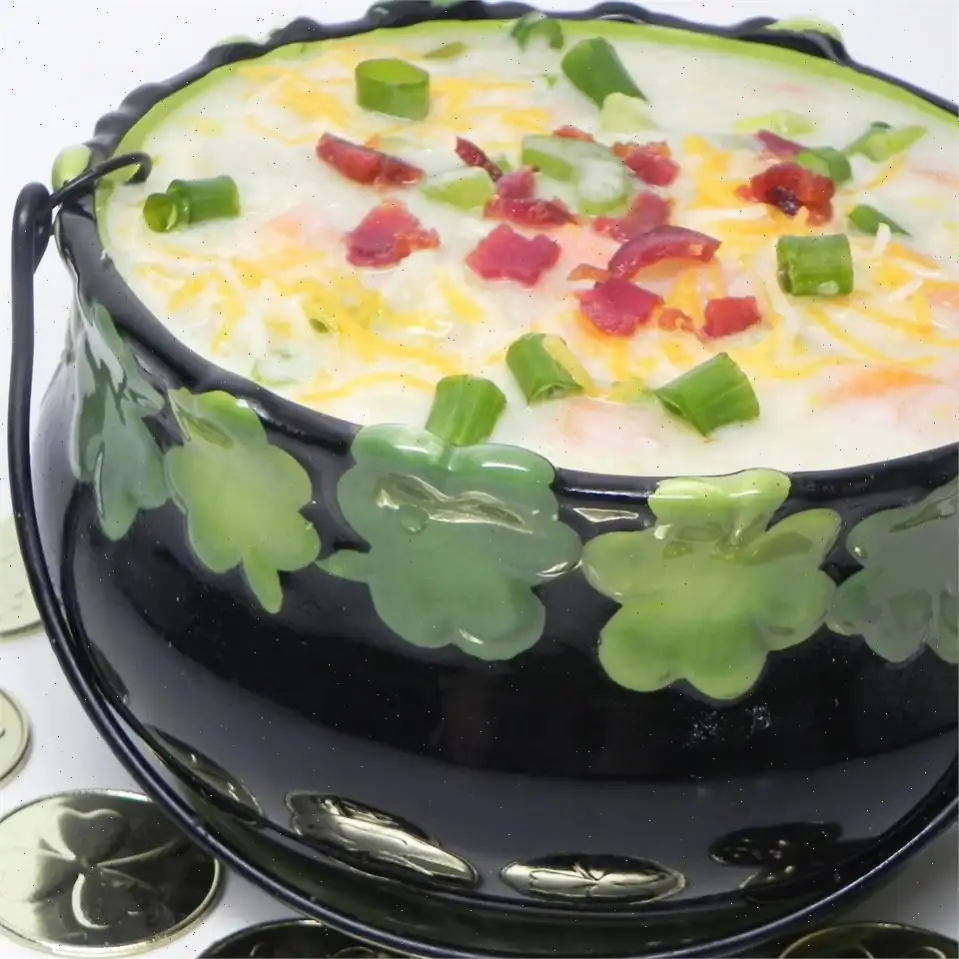
Spaghetti Squash Carbonara Recipe
This beautiful spaghetti squash carbonara is probably the most delicious way to eat spaghetti squash. While this vegetable might not be the most exciting on its own, its mild flavor makes it a perfect match for the bold ingredients of classic carbonara: eggs, black pepper, pancetta, and cheese. Though its not exactly the same as traditional spaghetti carbonara, its undeniably delicious and offers a nutritious twist.
Ingredients
- 1 large spaghetti squash (4 to 5 pounds)
- 3 tablespoons olive oil, divided
- Salt, to taste
- 8 ounces pancetta, cut into 1/4-inch dice
- 2 large egg yolks
- 1/2 cup water
- 1 tablespoon freshly ground black pepper
- 2 tablespoons unsalted butter, cubed
- 1/2 cup grated Parmigiano Reggiano cheese, plus more for serving
- 1/2 cup grated pecorino Romano cheese
- 2 tablespoons chopped fresh Italian parsley, for garnish
Directions
- Preheat your oven to 400F (200C) and line a baking sheet with parchment paper.
- Cut 1 inch off each end of the spaghetti squash. Then, carefully slice the squash into three equal sections. Using a spoon, scrape out all the seeds.
- Place the squash pieces on the prepared baking sheet. Drizzle 1 tablespoon of olive oil over each section and coat evenly. Season both sides generously with salt.
- Roast the squash in the preheated oven for 1 to 2 hours, or until the squash is tender and the strands can be easily pulled apart. Once roasted, use two forks to separate the squash into "spaghetti" strands.
- While the squash is roasting, heat the remaining 2 tablespoons of olive oil in a skillet. Add the pancetta and cook until browned to your preference, about 5 to 10 minutes. Remove from heat and set aside.
- In a large mixing bowl, whisk together the egg yolks, water, and freshly ground black pepper until well combined.
- Once the squash is done, transfer the hot "spaghetti" into the mixing bowl with the egg mixture. Add the cubed butter and the cooked pancetta along with all the rendered fat from the pan. Toss everything thoroughly with forks until the squash is evenly coated.
- If desired, reserve a tablespoon or two of cooked pancetta to garnish the top of the dish after baking. Add the grated Parmigiano Reggiano and pecorino Romano cheeses, tossing again to combine. Taste and adjust seasoning with more salt if needed.
- Transfer the mixture to a shallow baking dish, topping with a little more grated Parmigiano Reggiano. Return to the oven for 15 minutes, or until heated through.
- To serve, scatter the reserved pancetta over the top, and garnish with extra grated cheese and chopped parsley.
Nutrition Facts
| Nutrient | Amount per serving |
|---|---|
| Calories | 382 |
| Total Fat | 26g (33% Daily Value) |
| Saturated Fat | 10g (48% Daily Value) |
| Cholesterol | 149mg (50% Daily Value) |
| Sodium | 770mg (33% Daily Value) |
| Total Carbohydrates | 22g (8% Daily Value) |
| Dietary Fiber | 5g (16% Daily Value) |
| Protein | 18g (36% Daily Value) |
| Vitamin C | 12mg (14% Daily Value) |
| Calcium | 244mg (19% Daily Value) |
| Iron | 2mg (11% Daily Value) |
| Potassium | 513mg (11% Daily Value) |
The History of Spaghetti Squash Carbonara
Spaghetti Squash Carbonara is a modern twist on the classic Italian carbonara, which originates from Rome. Traditional carbonara dates back to the mid-20th century and was initially a simple, rustic dish prepared by Italian coal miners (carbonari). They combined eggs, cured pork, and cheese with pasta for a hearty, high-energy meal. The adaptation using spaghetti squash emerged more recently, inspired by the growing interest in low-carb and gluten-free alternatives. By replacing traditional pasta with the naturally stringy flesh of spaghetti squash, cooks could retain the familiar texture while introducing a vegetable-forward, nutritious variation.
Regional Variations and Local Influences
While spaghetti squash itself is native to North America, its incorporation into Italian recipes has given rise to diverse regional interpretations. In the United States, the dish is often enriched with locally available cheeses like Pecorino Romano or Parmigiano Reggiano, and sometimes garnished with fresh herbs like Italian parsley. In Mediterranean regions, lighter olive oils and sun-dried tomatoes are occasionally added, while in Northern Europe, some versions swap pancetta for smoked bacon to suit local tastes. These variations reflect both dietary preferences and ingredient availability, creating a rich tapestry of regional adaptations.
Distinctive Features Compared to Similar Dishes
Spaghetti Squash Carbonara differs from traditional carbonara primarily through its base ingredient. Instead of wheat pasta, the dish uses spaghetti squash, which has a lower carbohydrate content and a naturally fibrous texture. This provides a lighter, more vegetable-centric alternative without sacrificing the creamy, savory qualities of classic carbonara. Unlike other squash-based pasta substitutes, such as zucchini noodles or butternut squash ribbons, spaghetti squash maintains a spaghetti-like strand consistency when roasted, making it uniquely suited to carbonara sauces that cling to each individual strand.
Common Occasions and Serving Contexts
This dish is versatile and can be served in a variety of settings. It is commonly prepared as a comforting family dinner or a lighter alternative for Italian-inspired weeknight meals. High-end restaurants may feature it as a gourmet entre, garnished with extra cheese and fresh herbs, while home cooks often enjoy it as a healthy, visually impressive dish for gatherings. Its naturally gluten-free profile makes it especially popular in dietary-conscious settings, where it can substitute traditional pasta without compromising flavor.
Interesting Facts About Spaghetti Squash Carbonara
- Spaghetti squash strands form naturally when the vegetable is cooked, resembling long, thin noodles without any processing.
- Unlike traditional pasta, spaghetti squash is low in calories but rich in vitamins, including vitamin C, potassium, and fiber.
- The dish allows for creative variations, including adding vegetables, substituting different cheeses, or incorporating spices for a unique twist.
- While carbonara traditionally contains no cream, the spaghetti squash version naturally retains moisture, which blends with the eggs and cheese to create a creamy texture.
- This recipe bridges classic Italian culinary traditions with modern nutritional trends, appealing to both purists and health-conscious cooks alike.
You can listen to this recipe in AI audio format. Simply click the play button below to listen to the content in a format that suits you best. It’s a great way to absorb information on the go!
FAQ about Spaghetti Squash Carbonara Recipe
Comments
Laurel Anne
10/06/2025 01:52:54 PM
My first attempt resulted in overcooked spaghetti squash (mushy) so I abandoned the entire process. This would have been a disaster with mushy squash. Take two was much better - I used less oil and watched it like a hawk, as not all squash is created equal! The amount of effort for this dish seemed a bit over the top, but it was really tasty - definitely different! I'm a little surprised there isn't any garlic or other spices in this - If I make this again I might put a little more flavor in it.
DREGINEK
11/24/2024 09:35:20 PM
What a surprise hit! To speed the process up, I microwaved the spaghetti squash for about 15 min, flipping over halfway through. While I love the roasting process, spaghetti squash is one that can be microwaved without compromising the texture or flavor (I think). I also used bacon vs pancetta. We couldn’t get enough of this! A super fresh spin to spaghetti squash Chef John! It was delicious!! Thank you!
HappyLime2962
11/08/2024 03:31:42 AM
Be careful of overcooking the squash, or else it gets a little mushy after going back in the oven!
brandi Darnell
08/13/2025 02:11:55 AM
awesome
HawkoftheWoods
12/16/2024 07:28:46 PM
Chef John, you never fail me. This is excellent and the best dish I have ever made with Spaghetti Squash.
Patrick Anderson
10/19/2024 09:12:31 PM
Seriously impressed — this is amazing.


